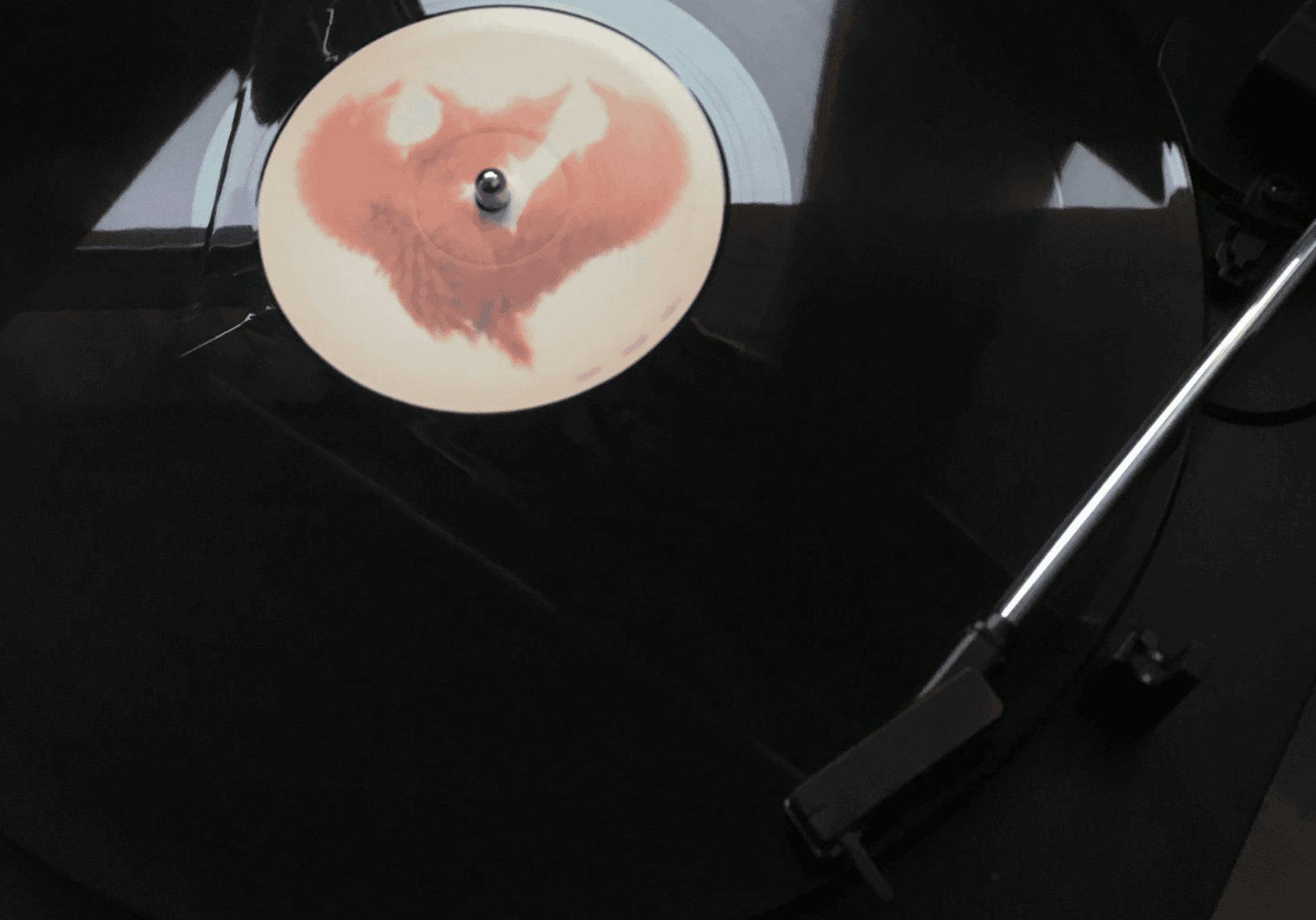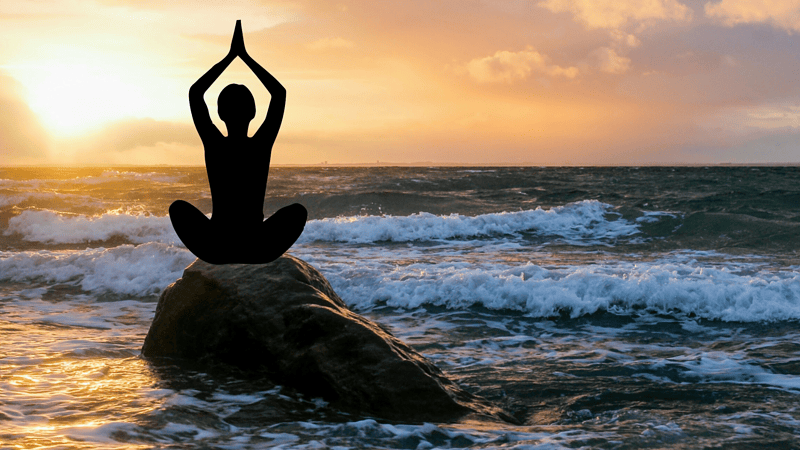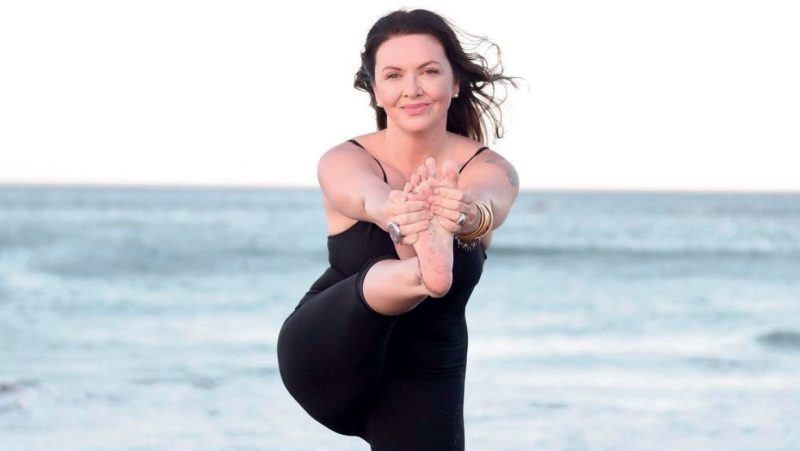
Yoga and Music
A Personal Journey of Sound, Intention, and Healing - By Hannah Comer
Reading time: 4 minutes
When we practice yoga, it is often accompanied by music; if practising at home, we may turn on a calming playlist, or in a yoga studio, the teacher often uses plays music to create a meditative and restful environment. Some styles of yoga, such as Kundalini yoga, incorporate music and sound, through chanting, mantra and dance, within the practice itself.
Yoga teachers sometimes incorporate sound therapy into classes, creating an immersive experience which enhances wellbeing, relaxation, and in some cases, facilitates healing. Last year, I attended a workshop that combined both sound therapy and restorative yoga; the start of the session used percussion instruments,
Tibetan cymbals, bells, sound bowls, and a harmonium to accompany chanting, and the session ended with an extended Shavasana in which the teacher came round and used a tuning fork near each practitioners’ ears. It was a deeply immersive experience. The benefits of listening to music include boosting mood, reducing stress and anxiety, and enhancing relaxation, concentration, and creativity.
Pairing yoga with music, with carefully selected melodies, rhythms, and harmonies, encourages certain responses, and certain sound frequencies and vibrations correspond to the Chakras and their energies. Just as an individual may turn on their favourite song to sing to, or music to dance to, music can help to synchronise breath and movement in yoga.
The question of having music or no music in a yoga class causes a debate amongst yoga practitioners. Recently, a friend told me about attending a yoga class without music, and described to me how they found it difficult to switch off when practising in silence. Personally, I have taught classes both with and without music (due to technical difficulties) and have had practitioners approach me afterwards, either saying that they wished for music as it was a way to divert themselves or have something to focus on, or that they enjoyed the silence, as a way to connect with themselves more and enjoyed the quiet space and their practice, without distraction. Again, this points to the fact that music, like an individual’s yoga practice, is deeply personal.
On a practical level, incorporating music into a yoga class can help with timing, using the length of the song in correspondence with the length of holding the pose, for example, a 10-minute track could correspond with Shavasana, giving the practitioner, the teacher, and the music, the time to unfold and unwind.
Throughout teacher training, we were advised to use instrumental music without lyrics, but again, this a personal choice and songs with lyrics can add to the experience and allow creativity to flourish as a teacher and provide the practitioner with different experiences. In a previous article on ‘Yoga and Literature’, I mentioned playing tracks by musicians or artists who have set poetry to music, or have been inspired by a particular poem in their lyrics.
For example, The Waterboys’ album An Appointment with Mr Yeats features a range of Yeats’s poems or verse from his plays set to music. Another example would be Lana Del Rey, who recites T. S. Eliot’s Burnt Norton, from the Four Quartets, on her album Honeymoon and has a spoken word album of her poetry collection Violet Bent Backwards Over the Grass.
A different way to incorporate music into classes or a personal practice, would be to use tracks by artists who experiment with sound and lyrics themselves – For example, David Bowie’s ‘Warszawa’ which is mostly instrumental and includes lyrics in a language that Bowie created himself. I find, personally, that the epic quality of the song takes you on a journey, both sonically and metaphorically.
Another track which takes the listener on a journey is the extended mix of ‘The Gate’ by Caroline Polachek, where Polachek uses her voice as an instrument, complimenting the use of electronics and creating the ambience she describes as ‘a sort of parallel universe or alternate ending’, fitting for the Shavasana at the end of a practice.[1]
Artists who also incorporate, or experiment with, the sounds of nature in their music can create a peaceful environment for a yogic practice. Another Bowie track, ‘Moss Garden’, is an ambient instrumental song which is a conceptual piece based on a location, Kyoto, in Japan, and evokes the sounds of nature, with atmospheric elements of distant thunder, wind, water and bird call.
In conjuring the sounds of nature, I have also used tracks, which sample the real sounds of nature, such as whale music, to evoke a sense of serenity, and tracks by artists such as Björk, whose album Utopia, bridges the songs together with tranquil bird calls (using original field recordings made by Björk), accompanied by flutes. Again, feedback about the whale music reflected each practitioners’ taste and experience, some found it tranquil, and one individual said that they found it slightly eerie.
Exploring artists’ discographies can lead to new finds and to new experiences, considering how not only yourself, but others will experience these sounds within a different environment. When putting together my own personal yoga playlist, I like to get creative, and include artists and musicians who I listen to, who may have done instrumental or ambient music which suits my practice, for example, The 1975, Hozier, Arca, Yuele and Brian Eno, amongst others, and discovering new artists and musicians.
Different genres of music add to different experiences and to the intention of the class; a more intense class may have more upbeat music and a class focused on relaxation will have songs or sounds which are designed to help the practitioner unwind. No matter what the individual taste, music helps to support the intention of the class or practice, and when used intentionally, acts as guidance and facilitation. Like the yoga practice itself, music is simultaneously an individual and shared experience.
[1] Caroline Polachek Shares “The Gate [Extended Mix]" and New Short Film (pastemagazine.com)







